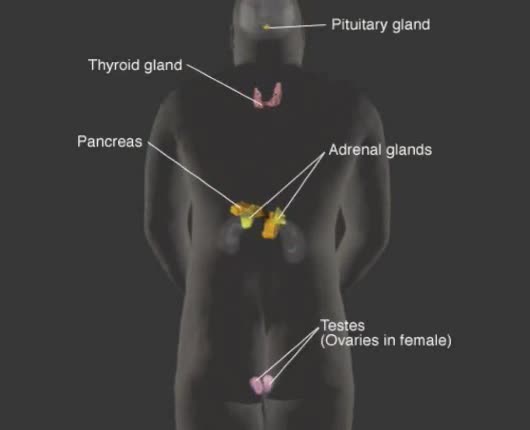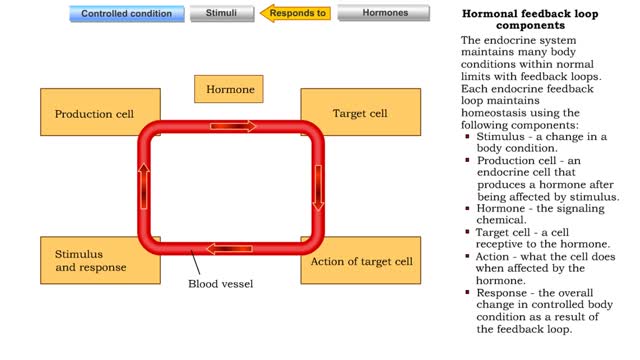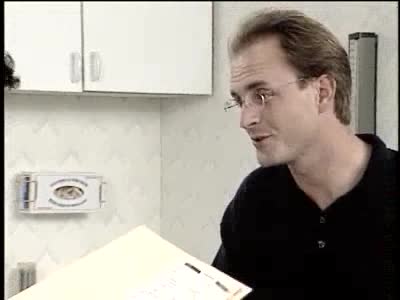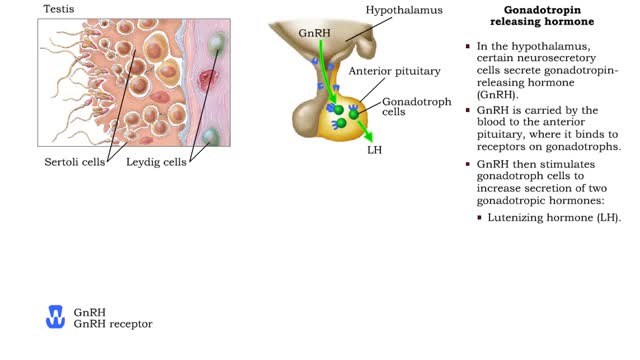Red Blood Cells - Erythropoietin (EPO)
By: HWC
Date Uploaded: 10/27/2019
Tags: homeworkclinic.com Homework Clinic HWC Red Blood Cells endocrine system homeostasis Erythropoietin (EPO) kidney cells
• The endocrine system maintains many body conditions within normal limits with feedback loops. Each endocrine feedback loop maintains homeostasis using the following components: • Stimulus - a change in a body condition. • Production cell - an endocrine cell that produces a hormone after being affected by stimulus. • Hormone - the signaling chemical. • Target cell - a cell receptive to the hormone. • Action - what the cell does when affected by the hormone. • Response - the overall change in controlled body condition as a result of the feedback loop. • Secreted by kidney cells when blood oxygen is low. • Targets cells in red bone marrow that will become red blood cells. • Promotes increased numbers of mature red blood cells. • More mature red blood cells carry more oxygen so blood oxygen level is restored to normal. Erythropoiesis (production of red blood cells) begins in the red bone marrow. Reticulocytes (immature red blood cells) enter the circulation and mature in 1 to 2 days. Erythropoietin, a hormone released by the kidneys in response to hypoxia (lowered oxygen concentration) stimulates differentiation of hematopoietic stem cells into erythrocytes. Red blood cells live for only about 120 days. Dead cells are removed from the circulation by the spleen and liver. Breakdown products from the cells are recycled and reused. Hemoglobin is also involved in regulating blood flow and blood pressure via the release of nitric oxide which causes vasodilation that improves blood flow and enhances oxygen delivery. Red blood cells also contain carbonic anhydrase which catalyzes the conversion of carbon dioxide and water to carbonic acid. This compound transports about 70% oc carbon dioxide in the plasma. It is also a buffer.
Add To
You must login to add videos to your playlists.
Advertisement












Comments
0 Comments total
Sign In to post comments.
No comments have been posted for this video yet.